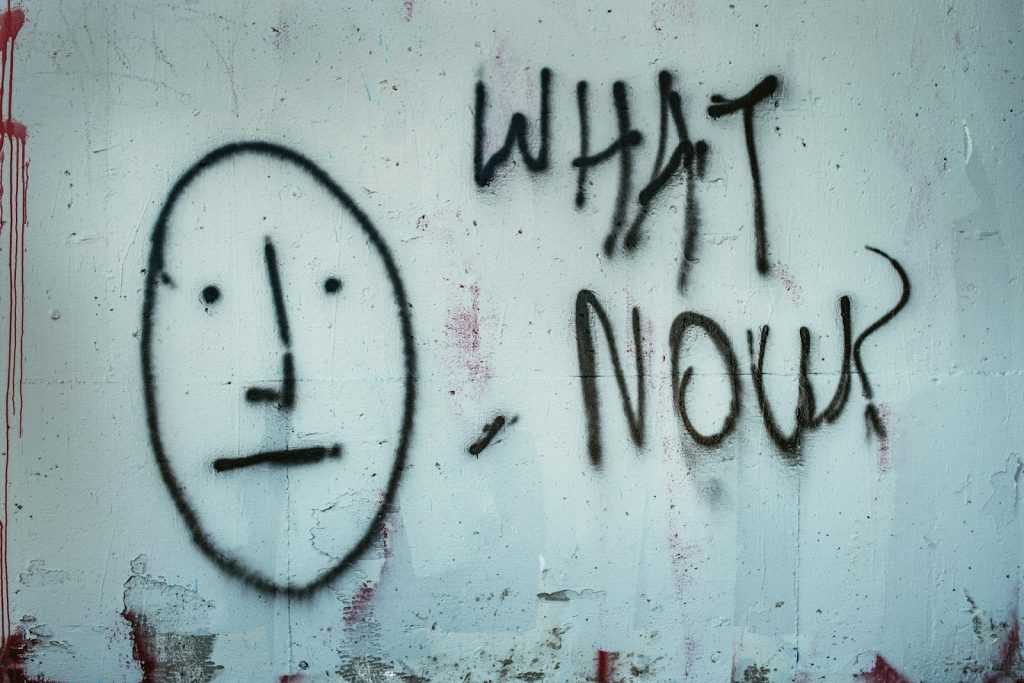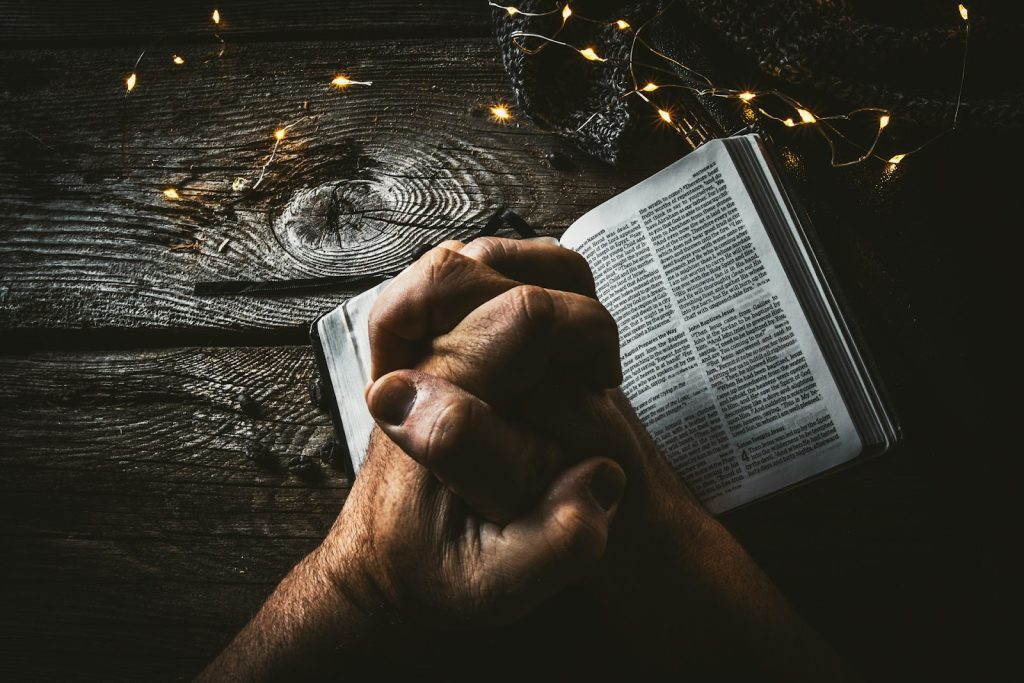What is tension in writing? Mastering the art of storytelling is what all budding writers aspire to do. Today, we’ll take a deep dive into one of the most important aspects of the written world – the suspension.
If you’ve ever wondered how some stories manage to keep you glued to the page, heart racing, it’s all about the tension in writing. And guess what? You can create that magic too, no matter if you’re writing your first thriller, a heartfelt drama, or even a fantasy epic.
In this post, we’re going to break down what makes readers bite their nails in anticipation. It’s not just about what happens in your story, but how you tell it. We’ll cover everything from crafting conflicts that feel real to pacing your story like a pro, and throwing in those unexpected twists that keep readers guessing.
So, let’s get started and turn those quiet pages into impossible-to-put-down adventures!
Table of Contents
What’s Tension in Writing?
In short, tension is a critical element that captures and holds the reader’s attention. This is done by creating a sense of uncertainty, anticipation, or anxiety about what will happen next in the story. It’s the literary equivalent of the edge-of-your-seat feeling you get when watching a suspenseful movie.

Tension drives readers to turn pages, making them eager to find out what happens next. It’s a crucial tool in a writer’s arsenal, regardless of genre, as it transforms a narrative from a mere sequence of events into a compelling, emotional experience.
So, what does the tension in writing involve?
- Emotional Involvement: Tension makes readers care about the characters and their outcomes. It evokes emotional responses like worry, curiosity, or eagerness, making readers invested in the story.
- Conflict: At its core, tension often arises from conflict, whether it’s internal (within a character) or external (between characters, or between a character and their environment). This conflict keeps readers wondering how it will be resolved.
- Uncertainty and Suspense: Tension thrives on the unknown. By not giving away what happens next, or by presenting unpredictable scenarios, writers keep readers guessing, creating suspense.
- Pacing: How a story unfolds – its pacing – can greatly influence tension. Both fast-paced action and slow, building scenes can heighten tension.
- Stakes: High stakes – what a character stands to gain or lose – amplify tension. The higher the stakes, the more the reader cares about the outcome.
- Information Control: By controlling what information is revealed and when writers can create a balance between revealing too much (which can kill tension) and too little (which can confuse the reader).
Different Types of Tension in Writing
In the realm of writing and storytelling, tension can be presented in various forms and styles, each with its unique characteristics and effects on the narrative. Each type of tension serves to engage the reader in different ways, adding depth and dynamism to the story. Writers often blend multiple forms of tension to enrich their narratives and keep readers captivated.

Here are the most commonly used types of tensions in writing:
- Narrative Tension: This is the basic tension that drives the plot forward, created by the overall conflict and the questions raised in the reader’s mind about what will happen next.
- Check out: Examples of Narrative Techniques
- Character Tension: Arises from conflicts within a character (internal conflict) or between characters (interpersonal conflict). It often stems from differing motivations, desires, or personalities.
- Suspense: A form of tension that hinges on the anticipation of what will happen, often involving situations of peril or uncertainty about outcomes.
- Dramatic Tension: Created by the audience’s awareness of circumstances unknown to the characters, leading to concern or dread about potential outcomes.
- Conflictual Tension: Directly related to the central conflict of the story, whether it’s character vs. character, character vs. self, character vs. society, or character vs. nature.
- Psychological Tension: Revolves around the psychological states and internal struggles of characters, creating a sense of unease or intensity.
- Romantic Tension: Specific to romance narratives, where the tension arises from the attraction, misunderstandings, or obstacles between potential romantic partners.
- Moral Tension: Occurs when characters face moral dilemmas, forcing them and the readers to grapple with ethical questions and choices.
Tips for learning: You could start ‘Tension vs. Conflict: What’s the Difference?’ course from MasterClass to be more skilled in writings!
Tension vs. Cliffhanger: What’s the Difference?
Tension and cliffhangers are distinct yet complementary narrative techniques used in storytelling to keep readers engaged.
Tension is an ongoing element in a story, characterized by a sense of anticipation, suspense, or anxiety about what will happen next. It is built up over time through character conflicts, high stakes, and pacing, and is woven throughout the narrative to maintain reader interest and emotional involvement. The purpose of tension is to create an emotional connection that keeps the reader invested in the story and its characters.

On the other hand, a cliffhanger is a specific, dramatic narrative device, often employed at the end of a chapter or episode, where the story abruptly stops at a crucial moment of suspense or revelation. The primary function of a cliffhanger is to ensure that the audience is compelled to return for the next installment to discover the resolution.
Unlike tension, which is a gradual build-up, cliffhangers are sudden and momentary, designed to leave the plot hanging and the reader eager for more. While tension subtly pulls the reader through the story, a cliffhanger grabs them with an immediate hook, both techniques working together to create a compelling narrative.
Wrapping It Up!
Understanding and effectively utilizing tension in writing is crucial for crafting captivating stories that resonate with readers. Tension is the lifeline of a narrative, the underlying current that propels the story forward, keeping readers hooked through a blend of conflict, suspense, emotional engagement, and strategic pacing.
Whether it’s the internal struggle of a character, the looming threat of an antagonist, or the anxiety of an unknown outcome, tension adds depth and dynamism to storytelling. By harnessing the power of tension, we not only hold our audience’s attention but also evoke emotional responses that make our stories truly impactful.
So, as you craft your next story, remember the pivotal role of tension and how it can elevate your writing to new heights, captivating your readers with every word and turn of the page.
FAQs
What is an example of tension in writing?
Example of Tension in Writing: In a mystery novel, the protagonist hears a noise downstairs. The narrative slows as they investigate, heightening readers’ anticipation and fear about what—or who—they might find.
What are the 4 types of tension?
The four types of tension commonly used in writing are:
Conflictual Tension: Arising from conflicts between characters or within a character.
Narrative Tension: Stemming from the plot, where the outcome of the story is uncertain.
Emotional Tension: Related to the emotional states and relationships of characters.
Suspense: Created by withholding information from the reader, building anticipation and anxiety about future events.
Why is tension important in writing?
Tension is vital as it keeps readers engaged and invested in the story. It drives the narrative forward, creates emotional involvement, and makes the story compelling and memorable.
What words show tension?
Words like hesitated, clenched, gasped, whispered, trembled, stared, frozen, tense, uneasy, and anxious can indicate tension, often implying a sense of fear, anticipation, or uncertainty.

